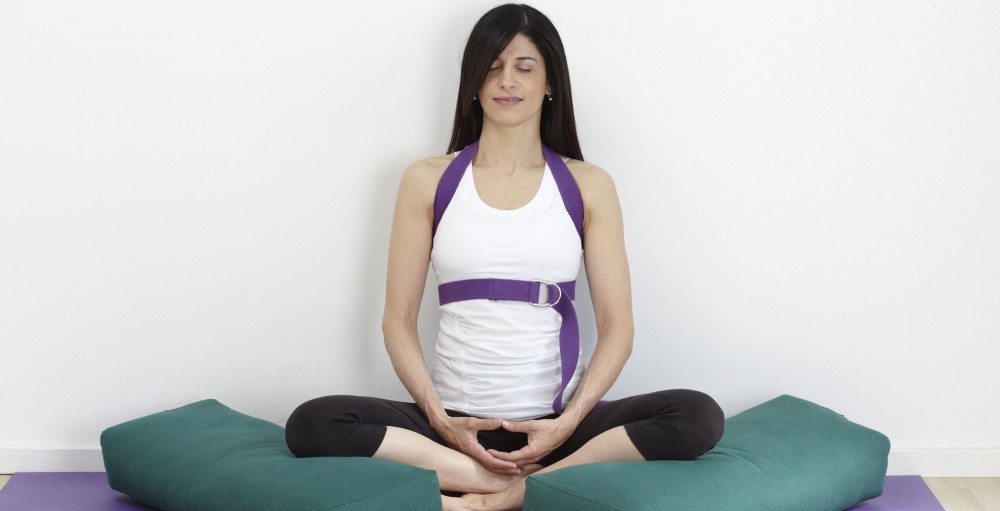Seated Tadasana
Props: chair/ piece of sticky mat/ folded blankets
Benefits of Practice: Learning how to sit without compression is essential for maintaining the health of your spine, mental alertness, rest and digest.
Inquiry: Before setting up, take a moment to practice without support. Pay attention to how you feel in the body, and to how your breath is moving. What is your overall comfort level?
Once you have set up, and sat for a moment or too, repeat these same queries and observe any differences in body, breath and mind.





